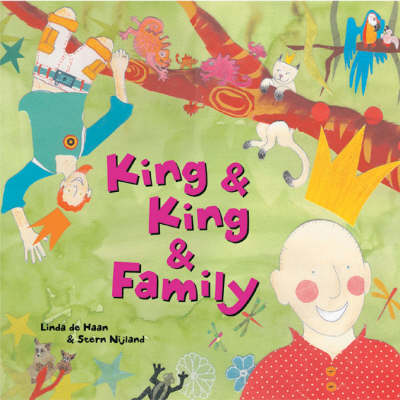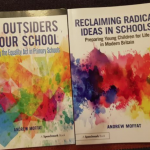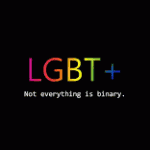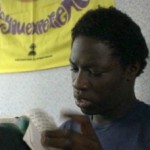Please refer to the lesson plan downloadble on the King & King & Family lesson page. The plan also contains info on which areas of the Programme of Study this lesson covers. The info below is repeated on the plan in case it is read by colleagues in hard copy only.
 It is impotant to treat LGB people as you would any other diverse group. This means you should think of questions around adoption that could be asked of a similar couple who were heterosexual. You are not opening up the topic of same-sex adoption to debate, because it is not debated in the book and that is not part of the En2 Programme of Study for English. If you do ask such leading questions e.g “Should 2 men adopt a child? ” it can validate that the asnwer is debatable which then undermines acceptance of it e.g. we generally wouldn’t say “Do you think the holocaust really happened?” or “Did she deserve to get bullied?” (unless of course you were doing a lesson leading questions and their effect, but this wouldn’t be at KS1).
It is impotant to treat LGB people as you would any other diverse group. This means you should think of questions around adoption that could be asked of a similar couple who were heterosexual. You are not opening up the topic of same-sex adoption to debate, because it is not debated in the book and that is not part of the En2 Programme of Study for English. If you do ask such leading questions e.g “Should 2 men adopt a child? ” it can validate that the asnwer is debatable which then undermines acceptance of it e.g. we generally wouldn’t say “Do you think the holocaust really happened?” or “Did she deserve to get bullied?” (unless of course you were doing a lesson leading questions and their effect, but this wouldn’t be at KS1).
It is the power of the non-comment, the fact that the teacher is not dwelling on the ‘same-sex parenting’ aspect of the adoption that gives learners tacit reassurance that it is not something to be concerned over.
![]() Although adoption and same-sex relationships are not part of the K1 English Programme of Study, we can use curriculum work around this text to introduce these concepts to the children, so that by the time the curriculum guides the teaching of such issues, the children are open to that discussion.
Although adoption and same-sex relationships are not part of the K1 English Programme of Study, we can use curriculum work around this text to introduce these concepts to the children, so that by the time the curriculum guides the teaching of such issues, the children are open to that discussion.
Otherwise a situation like this might occur:
In a KS3 PSHE lesson on adoption/families, learners who have not been exposed to adoption or same-sex relationships are asked in 1 hour to digest:
a) the fact that some children find themselves without biological parents,
b) issues of abadndonment,
c) the dominance of nurture over nature and
d) that there are some men who love other men instead of women, but also
e) that although these men cannot biologically/naaturally make a baby
f) it still is a natural desire,
g) that they would want to, are capable of and are allowed to raise other children and
h) that they can legally claim those children as theirs. Phew!
On top of all that, the learning objectives might be completely different and if they show any sign of disgust or find it at all funny they are reprimanded, and sanctioned because they were not respectful enough. The teacher then wonders why behaviour is challenging and why work is of a poor standard.
Quite a lot for a 14year old in Year 8, especially since some of them can’t operate a washing machine.
The En2 Programme of Study does include coverage of texts which are retellings of traditional fairy tales, though this requires more space than this lesson allows. As such there is scope to look directly at the gay relationship in the book. However, it will require you to be aware of how your teaching method will change from ‘usualising’ LGBT experience to ‘actualising’ it. Although there are no hard and fast rules on when you should use each method, we generally find that ‘usualising’ is more common, and is at its greatest potential, in EYFS and KS1. ‘Actualising’ becomes far more effective as children age and develop the cognitive skills to examine subjects which might require greater depth.






